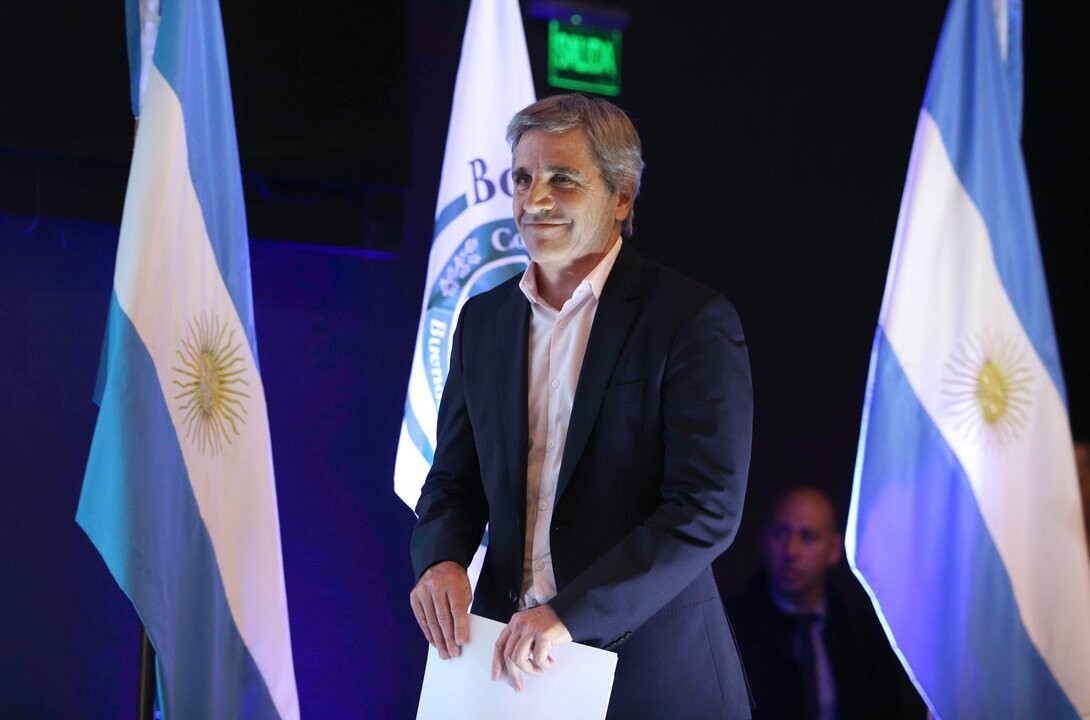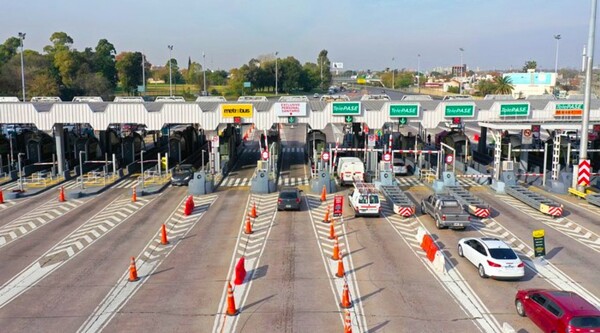
The Central Bank of the Argentine Republic (BCRA) is reportedly considering a loan ranging between US$ 10,000 and US$ 15,000 million. This would allow it to have positive net reserves and eliminate the exchange control. Locally, the BCRA has reduced the monetary policy rate from 32% to 29%, continuing a cycle of cuts that began last year when the rate was 120% annually.
In an effort to combat inflation, the BCRA, together with the Minister of Economy Luis Caputo and the head of the Central Bank Santiago Bausili, has implemented a series of economic measures. With a free dollar at $1,220, the exchange gap stands at 15.8%, and there is a goal to slow down price variations to breach the floor of 2%.
Private consultancies estimate that this goal might only be reached in May, with a monthly inflation of 1.9%, according to the Market Expectations Survey (REM) of the BCRA. The BCRA will reduce the peso's depreciation from 2% to 1% monthly starting this Monday, as part of its strategy to lower inflation by slowing down the rate of peso devaluation.
This change is part of the third phase of the economic plan designed by Javier Milei and aims to ultimately lift the exchange control. The previous phases focused on achieving a zero fiscal deficit for the Treasury, eliminating the quasi-fiscal deficit of the BCRA, maintaining zero issuance, and regulating the devaluation rate.
The official dollar closed on Friday at $1,053, while the parallel dollar remained at $1,220 for sale for the third consecutive day. During January, the price of the informal dollar fell 0.8% compared to December 2024. Other alternative financial dollars also recorded declines throughout the month.
The BCRA has intervened in the market, influencing the supply and demand for dollars, while aiming to achieve greater containment of inflation by reducing the pace of peso devaluation. This process could lead to a new exchange rate scheme once economic stability is consolidated and an agreement with the International Monetary Fund is reached.














